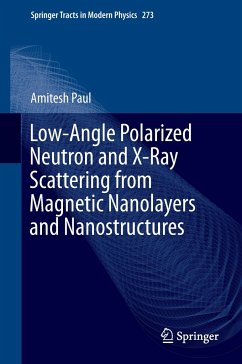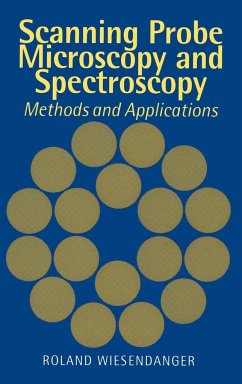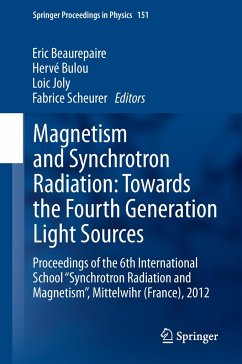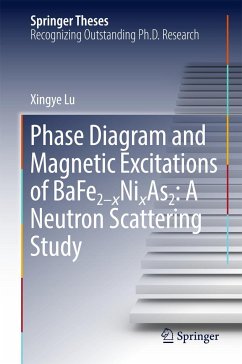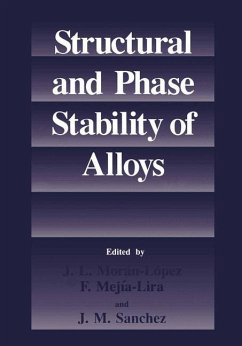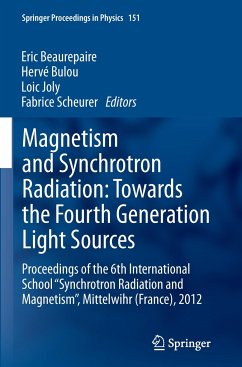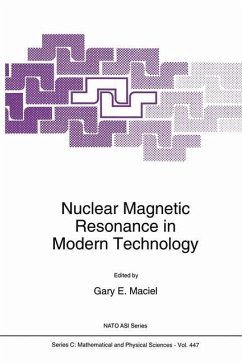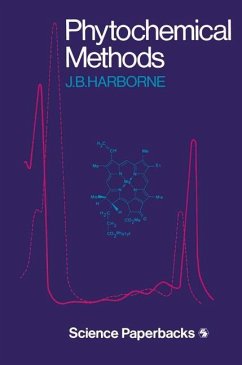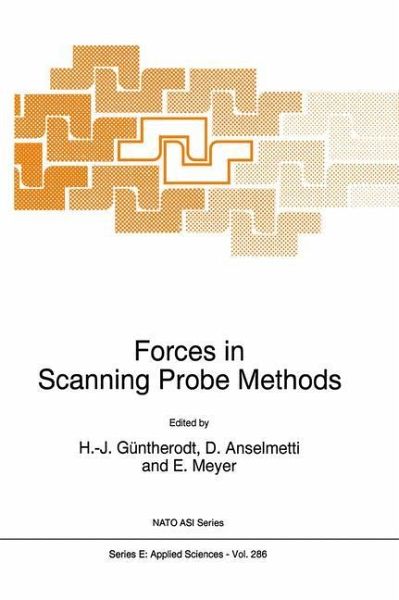
Forces in Scanning Probe Methods

PAYBACK Punkte
115 °P sammeln!
This volume contains the proceedin,r. of the NATO Advanced Study Institute on "Forces in Scanning Probe Methods which was CG-sponsered and organized by the "Forum fUr N anowissenschaften". The conference was held in Schluchsee in the south em Black Forest (Germany) from March 7-18, 1994. 30 invited lecturers giving tuto rial talks of historical and recent research activities and about 100 contributed, oral and poster presentations from 130 people participating, created a very active and lestimulating, lively atmosphere. The inventions of scanning tunneling microscopy, atomic force microscopy a...
This volume contains the proceedin,r. of the NATO Advanced Study Institute on "Forces in Scanning Probe Methods which was CG-sponsered and organized by the "Forum fUr N anowissenschaften". The conference was held in Schluchsee in the south em Black Forest (Germany) from March 7-18, 1994. 30 invited lecturers giving tuto rial talks of historical and recent research activities and about 100 contributed, oral and poster presentations from 130 people participating, created a very active and lestimulating, lively atmosphere. The inventions of scanning tunneling microscopy, atomic force microscopy and near field optical microsocopy opened a new field of research, called scanning probe meth ods (SPM). During the last decade, the quality of image acquisition made tremendous progress due to advanced data acquisition systems, low noise electronics and suitable mechan ical and micromechanical constructions. However, a lot of fundamental, unsolved questions about the interaction between probing tip and sample remain. This vol ume contains 60 contributions dedicated to these problems. Most of the articles are review articles presenting. condensed and relevant information in a way suitable for both students and specialists. Topics that are covered are instrumental aspects, de signs of force microscopes in various environments, such as ambient pressure, low temperature, ultrahip vacuum and liquids. An important part of the workshop was dedicated to theory, Including all initio calculations and molecular dynamics simula tions. Mechanical properties, such as adhesion, friction and wear, on the micrometer and nanometer scale were also treated intensively.




